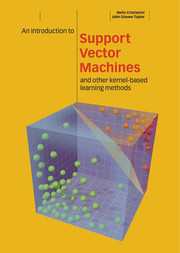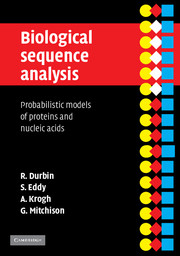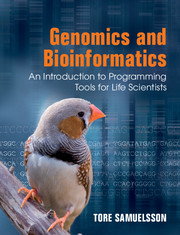It is helpful to break neural data analysis into two basic problems. The “encoding” problem concerns how information is encoded in neural spike trains: can we predict the spike trains of a neuron (or population of neurons), given an arbitrary synaptic input, current injection, or sensory stimulus? Conversely, the “decoding” problem concerns how much we can learn from the observation of a sequence of spikes: in particular, how well can we estimate the stimulus that gave rise to the spike train?
The problems of encoding and decoding are difficult both because neural responses are stochastic and because we want to identify these response properties given any possible stimulus in some very large set (e.g., all images that might occur in the world), and there are typically many more such stimuli than we can hope to sample by brute force. Thus the neural coding problem is fundamentally statistical: given a finite number of samples of noisy physiological data, how do we estimate, in a global sense, the neural codebook?
This basic question has taken on a new urgency as neurophysiological recordings allow us to peer into the brain with ever greater facility: with the development of fast computers, inexpensive memory, and large-scale multineuronal recording and high-resolution imaging techniques, it has become feasible to directly observe and analyze neural activity at a level of detail that was impossible in the twentieth century.



